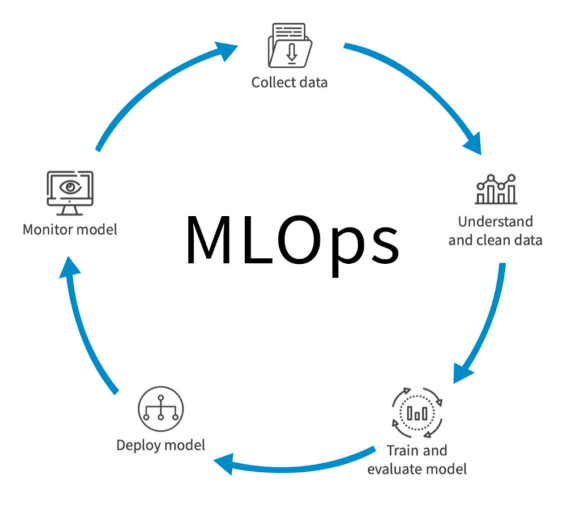So you’ve built a model: Now what?
Lecture 18
Dr. Benjamin Soltoff
Cornell University
INFO 4940/5940 - Fall 2024
November 7, 2024
Announcements
Announcements
- Homework 04
- Project exploration
You’ve built a model - now what?

Documentation and deployment
Documentation
- Document your model and its performance
- Document the data used to train the model
- Document the model’s assumptions and limitations
Deployment
- Deploy the model to a production environment
- Monitor the model’s performance in production
- Update the model as needed
Documentation
Who is documentation for?
- Yourself
- Peers
- Manager/supervisor
- Clients
- Jane Q Public
What to document
- Data collection/provenence
- Exploratory analysis
- Feature selection
- Model tuning/selection
- Model evaluation
How to document
File types
- Literate programming (aka Quarto notebooks)
- Scripts with code comments
- README files
Version control
- Git and GitHub
- Commit history
- Branches
Deployment
Deployment is the process of integrating a trained ML model into a production environment so it can be used to make predictions or decisions.
- Batch processing
- Web app
- iOS/Android app
- API
Deployment is often in collaboration with software engineers, but you should be able to informatively participate or demo the product.